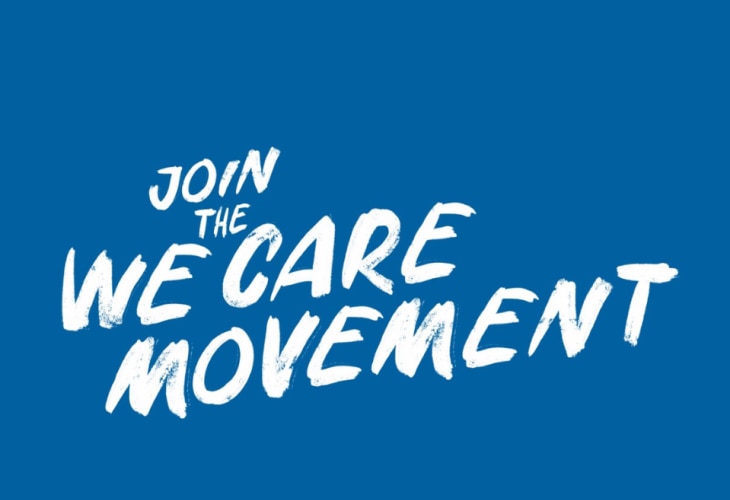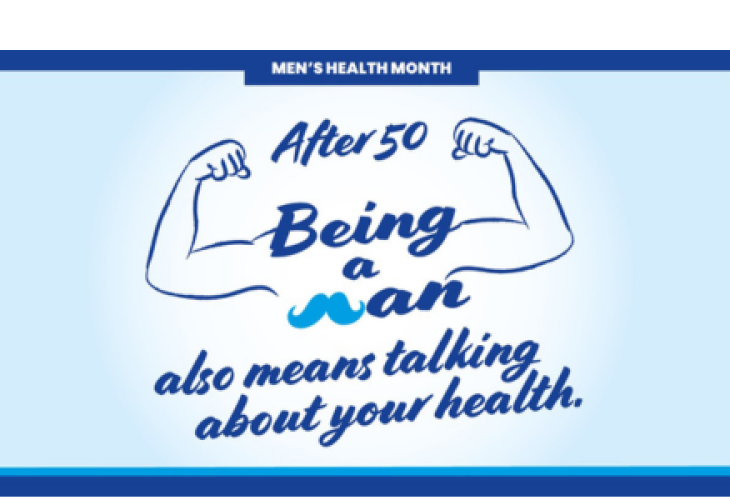Discover
Our Brands
Discover
Our Brands
Our dual expertise - pharmaceutical and dermo-cosmetics - helps us offer a holistic approach to care: prevent, treat and support.
Focus on
Our Commitments
Focus on
Our Commitments
Green Mission Pierre Fabre is the eco-socio-responsible commitment from the Pierre Fabre Group, awarded the Committed to CSR by AFNOR Certification at the Exemplary level. Thanks to our conviction and drive, we use sustainable innovation to benefit Nature and People, focusing on 5 pillars
Innovate
Protect
Respect
Guarantee
Engage
Our Employer Value Proposition:
The "We Care Movement"
Our Employer Value Proposition:
The "We Care Movement"
We Care Movement" is, above all, a human adventure, where each of us contributes to enhancing the quality of life. It is a movement that highlights the sense of pride and boldness inspired by our scientific and human impact.
Our latest
News
Our latest
News
Curious to learn more about our news? Get the latest on our brand innovations, our flagship commitments and the highlights of the life of the Group














